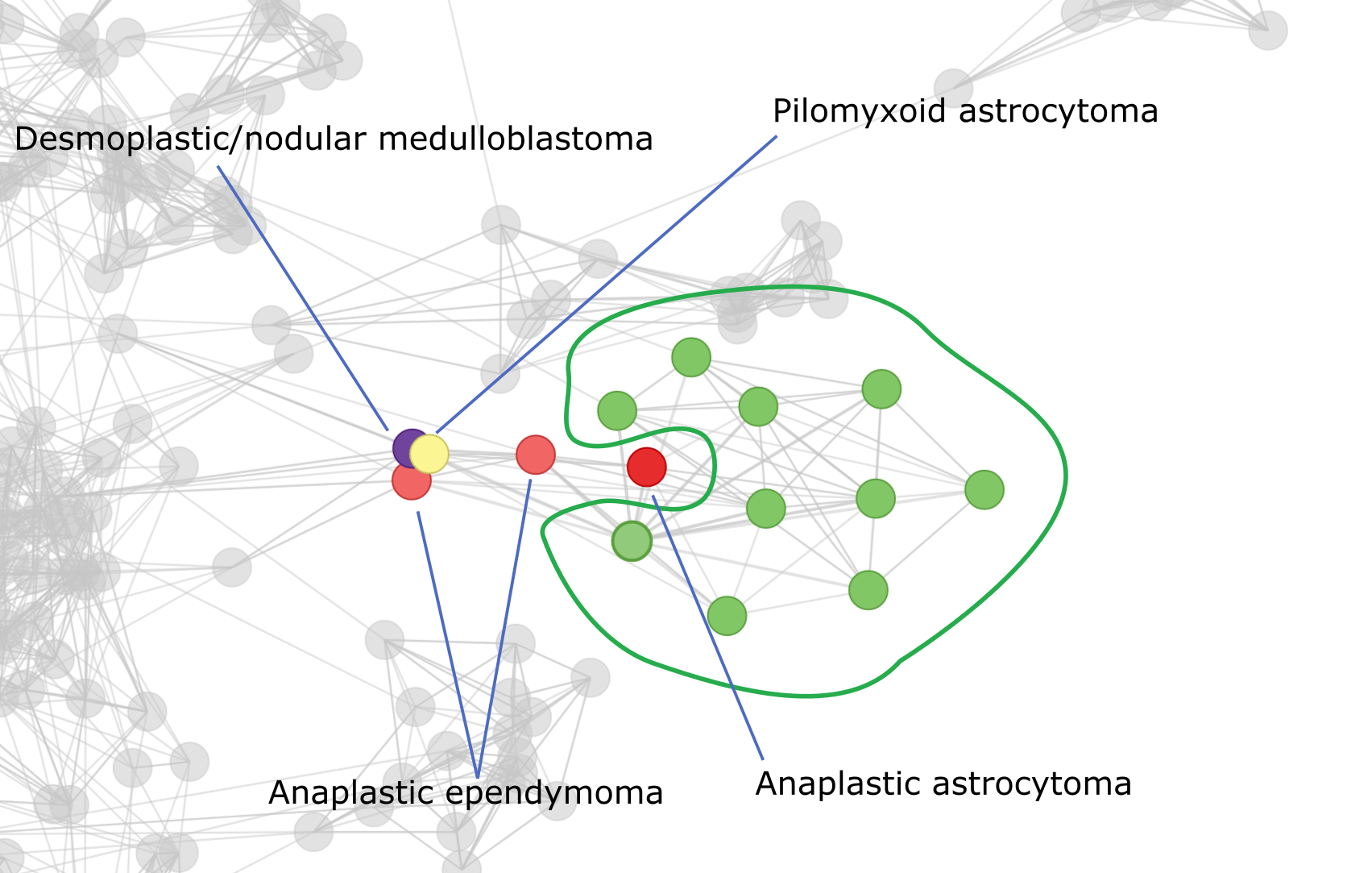
The case of undiagnosed profiles in Share4Rare

Disease burden of undiagnosed patients from a holistic perspective
Share4Rare has very nice support for patient profiles with a diagnosis. These users will find that Share4Rare is a system in which they can interact, communicate, and share knowledge with other users sharing the same diagnosis. It will also bridge the user to the most relevant patient organizations (POs) according to its disease.
There is however the case of undiagnosed rare disease patients. These patients form distinct populations, with specific needs, but also similar experiences and worries to those of the diagnosed patients. However the provision of resources, the access to and availability of information and the means for sharing experiences and questions for this collective are absent or, at most, scarce. We can consider two different populations of undiagnosed patients:
- Patients that suffer a condition which has not been diagnosed due to misleading symptoms or an unusual clinical representation, which leads to a wrong diagnosis or a lack of it. The disease exists and it is defined, but the clinicians fail to identify it in the patient.
- On the other hand, we can find patients whose diseases have not been tagged or annotated yet. These diseases are commonly referred to as Syndromes Without A Name, or SWAN. In this case, the disease and its cause might not be even characterized by science, and the patient will probably be misdiagnosed.
The needs
The needs for the different populations might differ:
- In the first case, Time to Diagnosis (TTD) might be a critical figure. TTD might be influenced by access to the correct specialists, appropriate information, and reference to the suitable POs for information providing.
- In the SWAN case the disease might not exist as such yet. In this situation the identification of a new disease is a problem by itself.
The Share4Rare approach
The question for Share4Rare is whether the platform could benefit the undiagnosed populations by exploiting its AI-based design. This design aims to foster the knowledge on rare diseases through collaborative intelligence built on equity principles. The more information the user shares with the community, the more information the platform can provide in return, under strict confidentiality, privacy, and ethical guarantees.
In Share4Rare the user is offered to provide some information at registration, in which we consider it is a critical step. One important section of this registration process is the declaration of phenotypes (symptoms), aiming at deep phenotyping. Deep phenotyping is a concept in precision medicine involving the thorough description of the phenotypic characteristics of a patient that, with the aggregation of data from other sources (e.g. omics studies, results from other laboratory tests) will provide a more complete and finer-grained picture of the disease of a patient. Regarding the first part, the comprehensive description of phenotypes, and most importantly, the phenotypes that the platform provides for annotation are obtained from annotation databases, which are structured sources of information that we can use to compute on and gain new insights about the data. The richer and more detailed the description of phenotypes is i.e. the deeper it is, the better the AI system behind the Share4Rare platform will take advantage of these data.

The main component of the AI system behind Share4Rare is the People Like Me (PLM) algorithm, which builds a network of patients i.e. a patient graph (Fig. 1), connecting most similar patients in the platform in terms of the heterogeneous information provided by the users (e.g. diseases in addition to phenotypes). This framework is potentially useful to the undiagnosed populations in several ways:
- From the declared list of phenotypes, Share4Rare can map a patient to the community of patients with the most similar phenotypic profile. This means that the patient will appear as belonging to the rare disease community with the most similar detailed description of the disease (Fig. 2). In addition there might be several POs connected to that community of patients, suggesting a means to enter in the community of a specific disease in order to be informed of the most relevant specialists or certified diagnosis centres, potentially reducing the TTD. In addition, Share4Rare will bring patients with similar profiles closer, providing a means for contact and promoting the exchange of information and experiences.

- Share4Rare analyzes the phenotypes declared by the individuals in the community seeking for commonalities, groupings, differences, and relationships with distinct diseases and possible connections with patient organizations. In this sense, SWAN patients are, in fact, contributing with their anonymous information to the potential definition of new diseases or disease groups, as well as their characterization and scientific study.
In summary, undiagnosed patients not only are very welcome in Share4Rare, but a critical piece in the very large puzzle of rare diseases. Join us, share with us, and let us advance together!
By Jon Garrido Aguirre, Alexandre Perera Lluna, researchers at B2SLab@UPC
